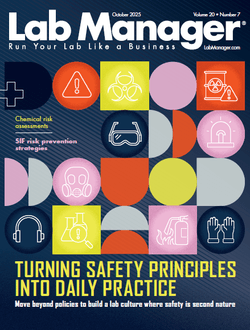If there is one medical exam that everyone in the world has taken, it’s a chest x-ray. Clinicians can use radiographs to tell if someone has tuberculosis, lung cancer, or other diseases, but they can’t use them to tell if the lungs are functioning well.
Until now, that is.
In findings published in The Lancet Digital Health, a research group led by Associate Professor Daiju Ueda and Professor Yukio Miki at Osaka Metropolitan University’s Graduate School of Medicine has developed an artificial intelligence model that can estimate lung function from chest radiographs with high accuracy.
Conventionally, lung function is measured using a spirometer, which requires the cooperation of the patient, who is given specific instructions on how to inhale and exhale into the instrument. Accurate evaluation of the measurements is difficult if the patient has a hard time following instructions, which can occur with infants or persons with dementia, or if the person is prone.
Professor Ueda and the research group trained, validated, and tested the AI model using over 140,000 chest radiographs from a nearly 20-year period. They compared the actual spirometric data to the AI model’s estimates to fine-tune its performance. The results showed a remarkably high agreement rate, with a Pearson’s correlation coefficient (r) of more than 0.90, indicating that the method is sufficiently promising for practical use.
The AI model developed in this study has the potential to expand the options for pulmonary function assessment for patients who have difficulty performing spirometry.
“Highly significant is the fact that just by using the static information from chest x-rays, our method suggests the possibility of accurately estimating lung function, which is normally evaluated through tests requiring the patients to exert physical energy,” Professor Ueda explained. “This AI model was built through the cooperation of many people, from physicians, researchers, and technicians to patients at several institutions. If it can help lessen the burden on patients while also reducing medical costs, that would be a wonderful thing.”
- This press release was originally published on the Osaka Metropolitan University website and has been edited for style and clarity











